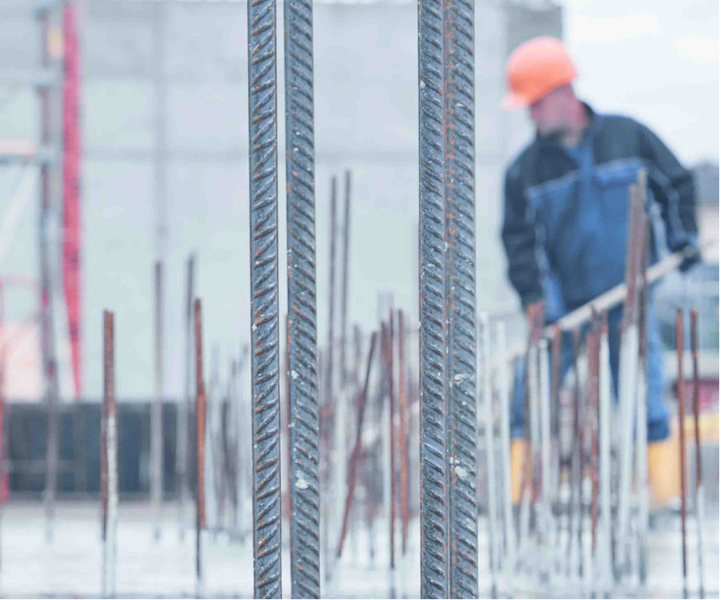From February 2020, delivery times for materials needed to complete construction projects were delayed as factories across the globe shuttered to mitigate the health impact of COVID-19. As manufacturers resumed production and shipping re-started, issues at major ports stemming from a lack of receiving personnel and truck drivers, especially on the West Coast, led to long waits to offload, increasing delivery times and compounding the existing shortages. The war in Ukraine also kept raw materials like pig iron for steel and neon used in the manufacture of semiconductors from conversion into a final product. All of the delays in supply chain affected a wide array of products, including wallboard, insulation, windows, paint, and transformers.
The positive news is that the global supply chain has begun to normalize as inflation impacts consumer demand and producers shift to a more regionalized model that fosters resiliency and timely deliveries. This trend should continue for the foreseeable future, making supply more reliable and shortages much less likely — and keeping costs more affordable and projects well-supplied. With the products on hand at the right time to get the job done, all that is needed is a skilled labor force to complete the projects.
